
Keep Gardening!
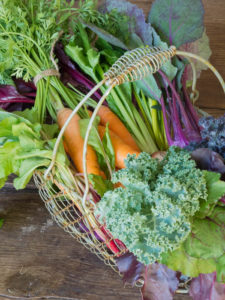
Pump up your diet by cultivating and consuming a variety of vegetables
Happy New Year! Interest in growing and eating vegetables blossomed during the COVID shutdown last year. I’m hoping that everyone who started a vegetable garden during the pandemic will keep it going. Vegetables are an essential part of a healthy diet for everyone, no matter who you are or how old you are. There are many benefits for everyone to gain from a plant strong diet. Eating vegetables safeguards our health, the process of growing them contributes to our movement and physical activity, and cultivating a garden in the outdoors does wonders for our mental health. A winning trifecta!
Learn to Upcycle

Don’t compost those carrot tops – eat them! Try chopping the ferny foliage and incorporating into soups or stir-fry dishes.
A few years ago, I noticed a trend in the food world that has resurfaced in a concept known as upcycling. The idea is to minimize food waste and improve vegetable intake by utilizing parts of the plant we might generally discard – instead of composting those carrot tops, trim them and add them to soup, sauté them with other vegetables or blend them into a pesto; simmer corn cobs to make a stock for chowder; julienne the tender stalks of broccoli to use in salad or stir fry; make stock from stems, peels and skins of herbs and vegetables. This will be my resolution for 2021 – please join me in making the most of the produce that comes from your garden, the CSA, the farmer’s market or the grocery store. Let’s make every vegetable count!
January Checklist
Here is the vegetable gardener’s checklist for January:
Fertilize
- Continue to fertilize garlic and other vegetable plants every 2-3 weeks with a liquid plant food or fish emulsion.
Water
- Water the garden in the absence of rain. If you connect hoses or turn on sprinklers be sure to turn them off and protect in the event of a hard freeze.
Transplant
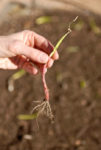
Plant short-day onions this month; they will begin to bulb in response to the lengthening days of spring.
- Set onion transplants into the garden in mid-January. Success with onions depends on choosing the right varieties for where you live. In Central Texas we want to plant short-day or intermediate-day varieties that begin to bulb in response to the lengthening days of spring but complete their growth before the heat of summer arrives. See our list of recommended varieties here. Big box stores often mistakenly carry varieties that only do well in the north.
- Plant onion seedlings 1 inch deep and 2 inches apart. After a few weeks of growth thin seedlings 4-6 inches apart and eat the thinnings as green onions. For optimum growth and development sidedress plants every 3 weeks with ½ cup of a nitrogen-rich fertilizer per 10 feet of row.
- Plant lettuce and spinach transplants. Watch for freezing weather and cover newly planted seedlings to protect them from freeze damage.
Seeds to Plant
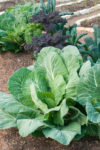
Collards and kale thrive in a sunny winter garden.
- Plant snow peas and sugar snap pea seeds the latter half of January. Give them a head start by planting seeds indoors in individual peat pots. After 2 or 3 weeks the entire pot can be planted outside. Peas plants are quite hardy.
- If it’s too cold outside get your hands dirty inside. Fill small containers with moist potting soil and plant seeds of cole crops. Cover tray with plastic wrap and place in a warm location for a few days. As soon as seeds emerge remove plastic and place directly under grow lights. Seedlings should be ready for transplanting in 5-6 weeks. Be sure to label each pot with the date and variety and check the seed packet for detailed planting information.
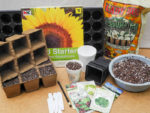
Growing transplants indoors allows you to garden even on the coldest days of the month.
- Plant asparagus crowns this month. Choose a sunny area where plants can grow undisturbed for several years.
- Decide when you want to plant tomatoes and count back 7 or 8 weeks. This is when you should plant tomato seeds if you want to grow your own transplants. I usually start my seeds the first week of January, bump them up to a slightly larger container after they produce their first set of true leaves and plant them in the garden in early to mid-March, with protection from wind and cold.
Soil
- Take advantage of mild winter days to prepare for spring. Spread compost over planting areas and mix it in as you gently loosen the soil with a spade or fork. There is no need to till or aggressively work the soil; doing so disrupts the soil structure, earthworms and microbes. Cover soil with mulch and let the microbes do the work.
Diseases/Pests
- Inspect regularly for pests. Aphids, beetles, and caterpillars may stay active throughout the month, especially on cole crops.
Maintenance
- Cultivate good gardener habits: pay attention to the growth of your plants, and plan for a timely harvest when the quality of the vegetables is at the peak of flavor and nutrition.
Additional Resources
Recommended Vegetable Varieties for Travis County
Sustainable Food Center Farmers Markets
Monthly Gardening Calendar for Austin and Central Texas

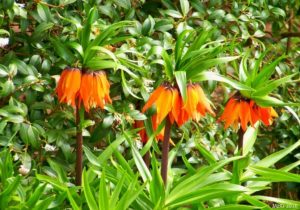

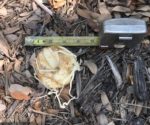
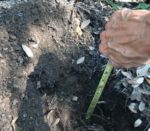
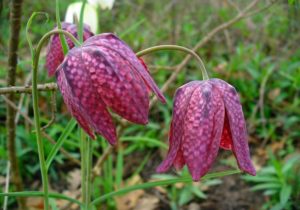
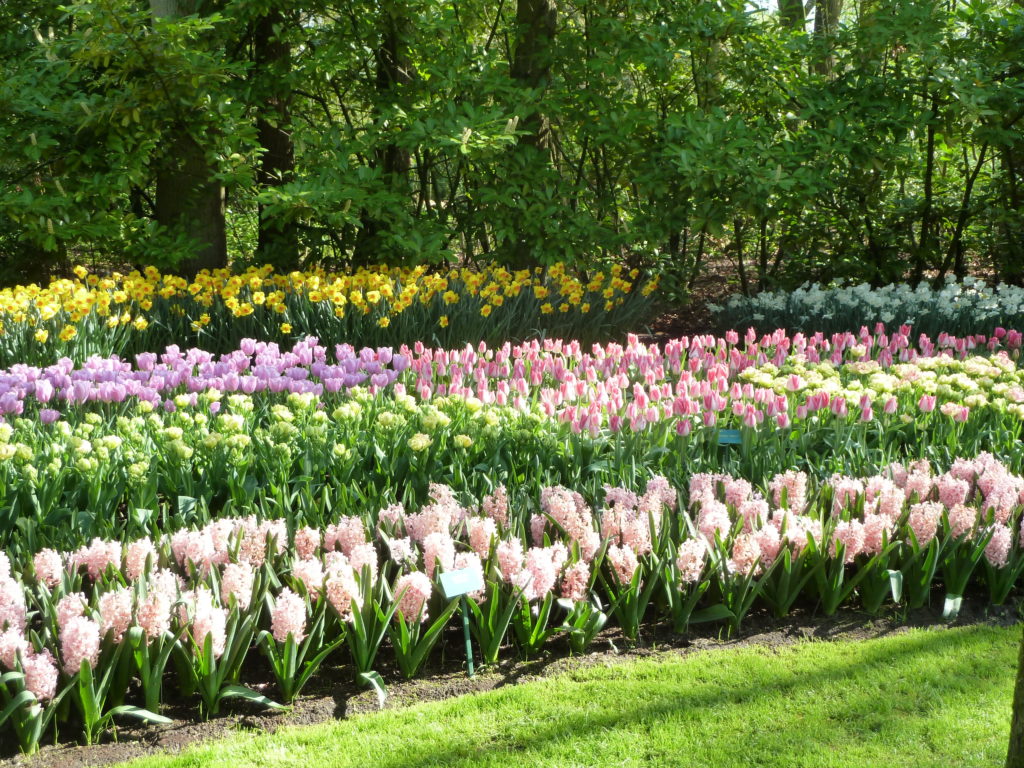

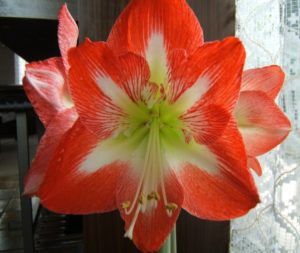

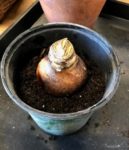
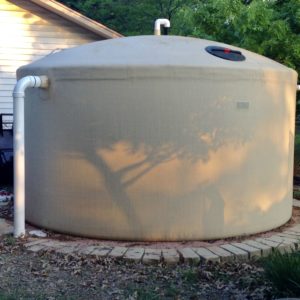
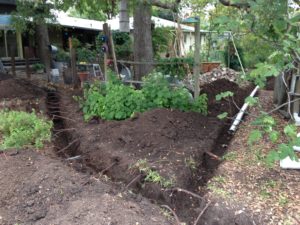

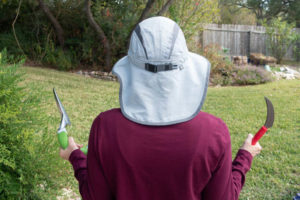



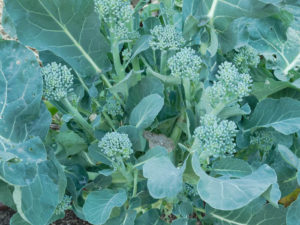
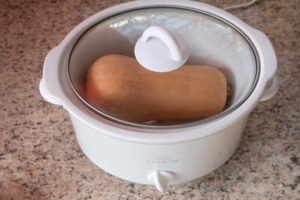
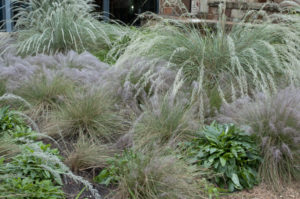
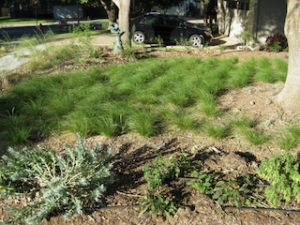

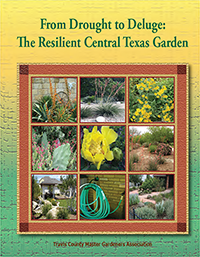

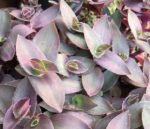
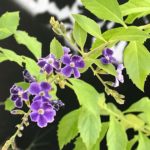
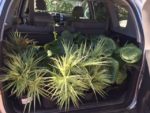


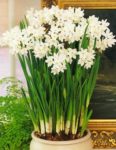
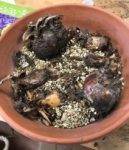
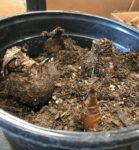
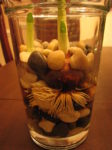

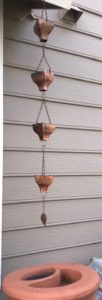
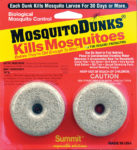
 To prevent mosquitos, I add BTI (
To prevent mosquitos, I add BTI (
